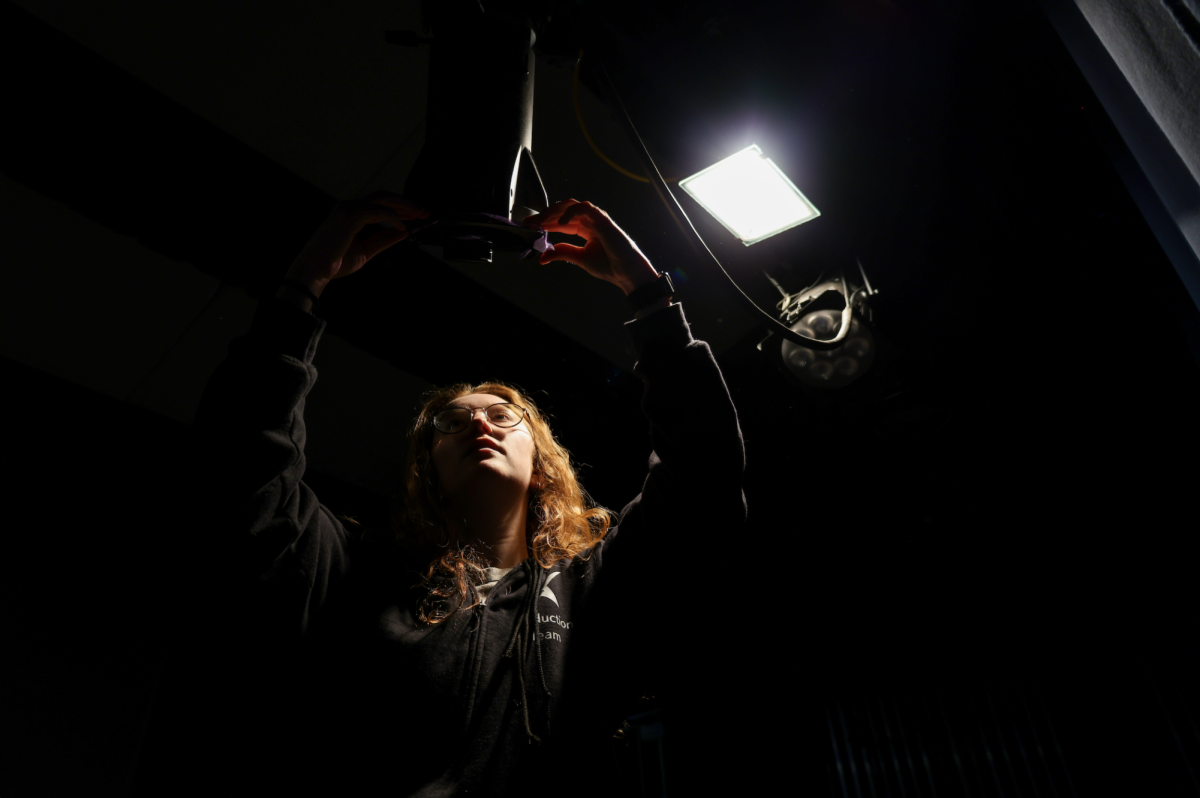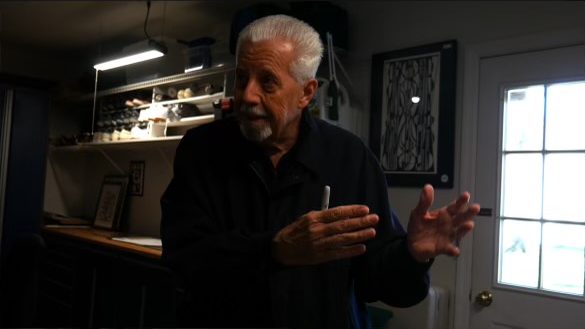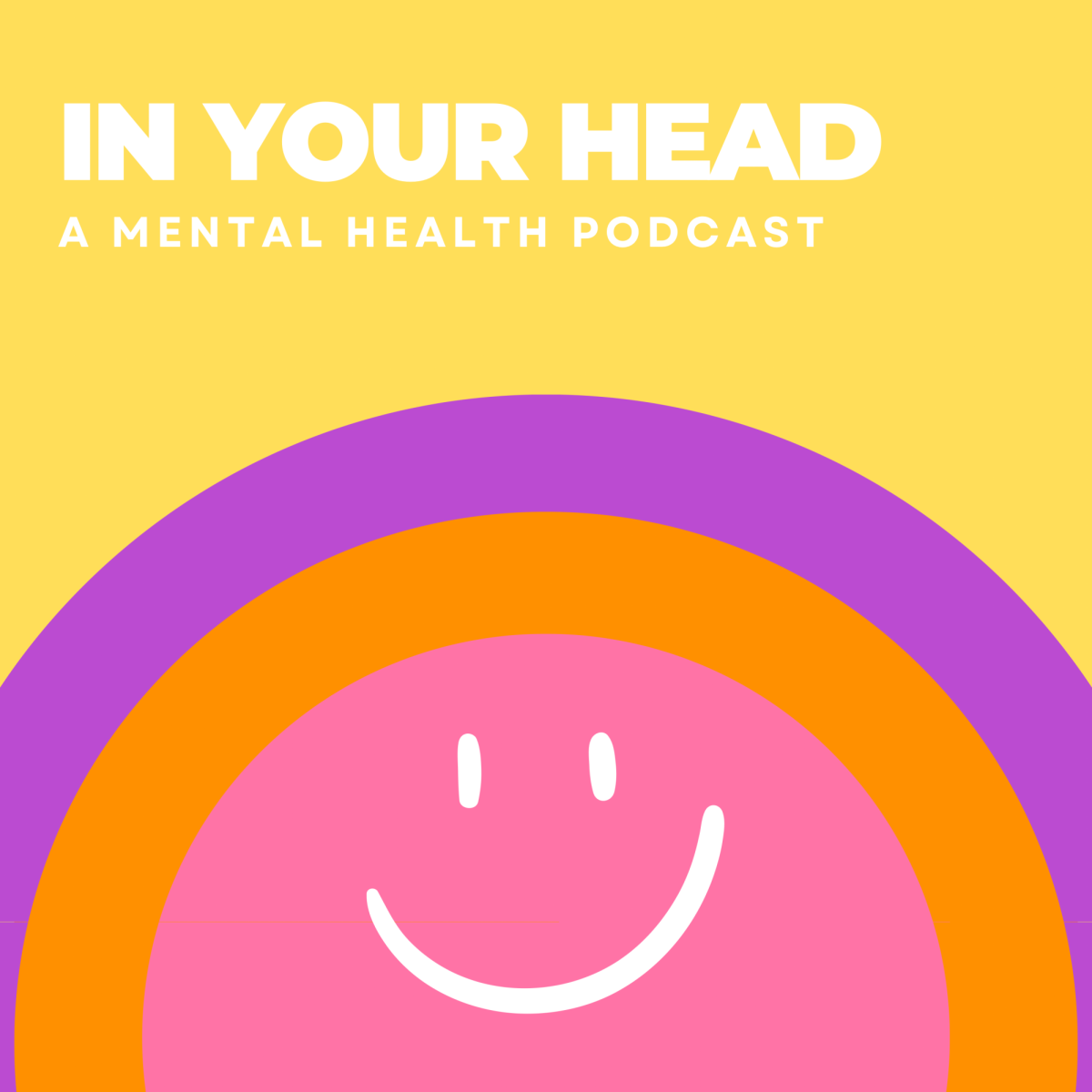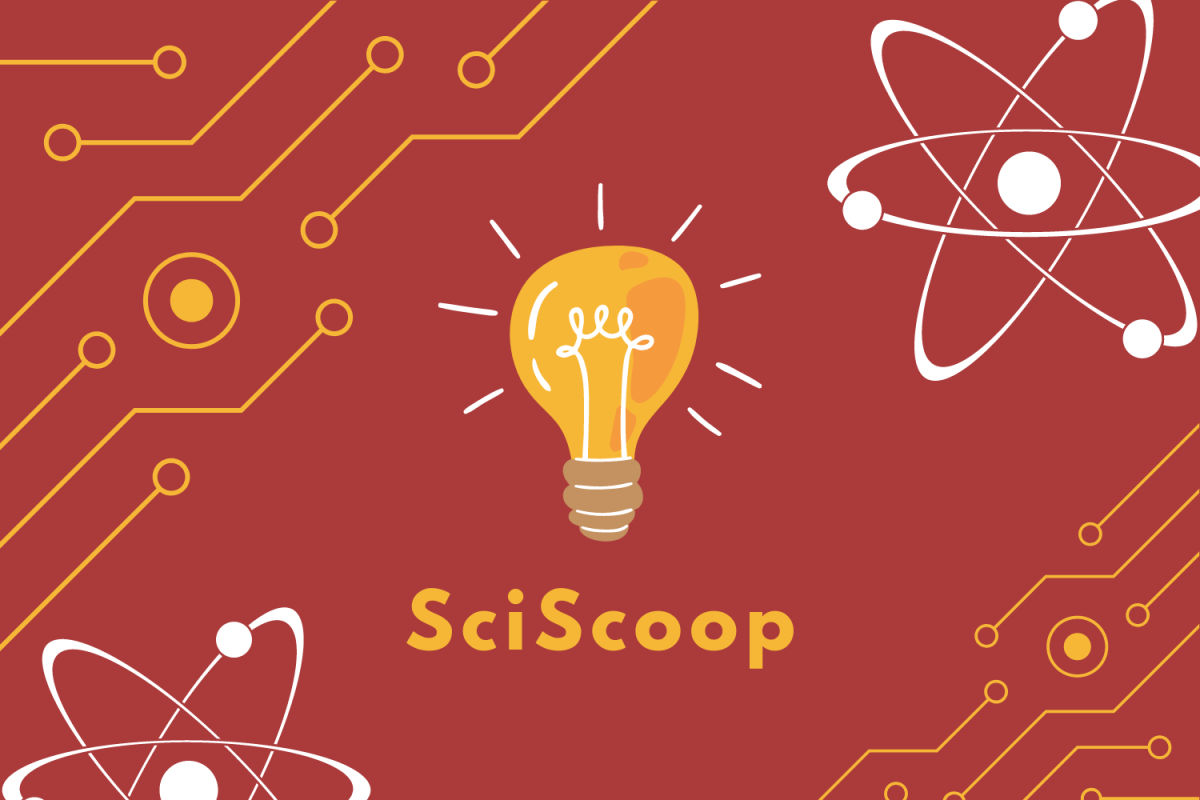
As ChatGPT continues to become a larger part of our everyday lives, certain teachers, like history teacher Derek Smith, are deciding to teach it as a teaching tool.
“I think it’s such a revolutionary development in how it thinks, I guess my first thought was, why not use it as a powerful source for us in what we as historians are always doing which is, using sources to help us in our task of interpreting history?” Smith said.
In the beginning of the semester, shocking some of his students, Smith told his Latin American History classes that they would be using ChatGPT to edit their essays. After students write their essays or extended writing responses, Smith then provides a specific script on what to ask the chat bot in order for it to return the most useful feedback on how to improve the final draft.
“It has enhanced my writing because it gives me a clearer idea of what I should implement to take it to the next level and helps me spot mistakes and correct them.” said senior Illiana Cardoso, who is in the Latin American History Honors class.
The limits of ChatCPT are not overlooked by neither Mr. Smith nor his students.
“At the bottom of the website there’s even a disclaimer that says it can provide you with false information,” Cardoso said. “A lot of the time it’ll also give us suggestions that directly contradict [the] directions Mr. Smith gave us, [so] it’s just important to weigh out which information is useful.”
For example, the bot will sometimes encourage the student to expand upon a certain idea; however, doing so, would go against the prompt. Although the bot will sometimes make these unnecessary suggestions, Smith repeatedly tells the students that, when it comes to ChatGPT and other similar AI bots, “If you can’t beat them, join them.”
“I absolutely agree with Mr. Smith,” said senior Rafa Vianna, another Latin American History Honors student. “He said that AI is an inevitable change, and that we need to learn how to use it to the best of our ability, because this change is going to come and there’s no way of stopping it, so we might as well join it.”

However, this viewpoint does not come without pushback from other teachers as Smith attempts to help implement in classrooms other than his own.
“The first reaction we get to when there’s some new technology is we kind of fear it,” he said. “If you’re gonna zero in on something like education, it’s hard to break out of a routine if you’re a teacher who has been in the business for a long time.”
Smith recalls when computers first became the new normal in the classroom, and remembered a similar reaction from many of his colleagues to the new technology.
“A few decades ago when calculators first arrived, mathematicians were like ‘There goes math.’ Yet, the calculator has turned out over time to be a very important tool. Still, it doesn’t substitute the thinking of math for you,” Smith said. “It helps you get to an answer to a problem faster. That’s the same way that we need to approach something like ChatGPT.”
With AI technology constantly in development, its place in classrooms is a moving target.
“The sooner we get on top of something like ChatGPT and sort of grab a hold of it, the sooner we can get a head start in history and our understanding of one of the most innovative tools to date,” Smith said.
This story was originally published on The Perch on November 8, 2023.
































![IN THE SPOTLIGHT: Junior Zalie Mann performs “I Love to Cry at Weddings,” an ensemble piece from the fall musical Sweet Charity, to prospective students during the Fine Arts Showcase on Wednesday, Nov. 8. The showcase is a compilation of performances and demonstrations from each fine arts strand offered at McCallum. This show is put on so that prospective students can see if they are interested in joining an academy or major.
Sweet Charity originally ran the weekends of Sept. 28 and Oct. 8, but made a comeback for the Fine Arts Showcase.
“[Being at the front in the spotlight] is my favorite part of the whole dance, so I was super happy to be on stage performing and smiling at the audience,” Mann said.
Mann performed in both the musical theatre performance and dance excerpt “Ethereal,” a contemporary piece choreographed by the new dance director Terrance Carson, in the showcase. With also being a dance ambassador, Mann got to talk about what MAC dance is, her experience and answer any questions the aspiring arts majors and their parents may have.
Caption by Maya Tackett.](https://bestofsno.com/wp-content/uploads/2024/02/53321803427_47cd17fe70_o-1-1200x800.jpg)
![SPREADING THE JOY: Sophomore Chim Becker poses with sophomores Cozbi Sims and Lou Davidson while manning a table at the Hispanic Heritage treat day during lunch of Sept 28. Becker is a part of the students of color alliance, who put together the activity to raise money for their club.
“It [the stand] was really fun because McCallum has a lot of latino kids,” Becker said. “And I think it was nice that I could share the stuff that I usually just have at home with people who have never tried it before.”
Becker recognizes the importance of celebrating Hispanic heritage at Mac.
“I think its important to celebrate,” Becker said. “Because our culture is awesome and super cool, and everybody should be able to learn about other cultures of the world.”
Caption by JoJo Barnard.](https://bestofsno.com/wp-content/uploads/2024/01/53221601352_4127a81c41_o-1200x675.jpg)



